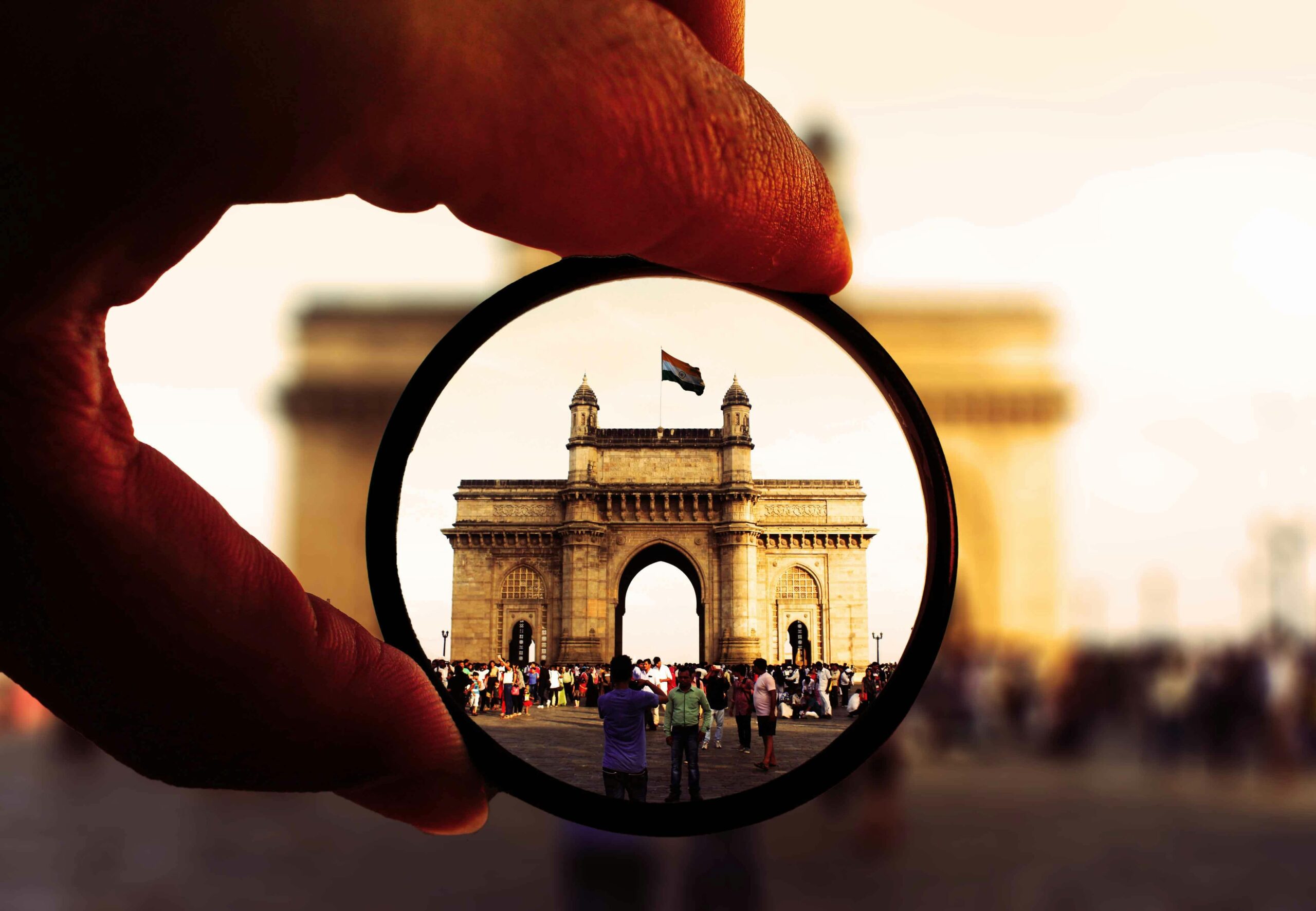Introduction to Nationalism in India

Definition and Concept of Nationalism
Nationalism, a profound sense of pride and loyalty towards one’s nation, played a pivotal role in shaping modern India’s socio-political landscape. It involves the collective consciousness of people who identify with a shared history, culture, and aspirations for self-governance. In the context of India, nationalism was not merely a political movement but a multifaceted struggle encompassing cultural, economic, and social dimensions, aimed at liberating the country from colonial rule.
Factors Contributing to the Rise of Nationalism
Several factors contributed to the rise of nationalism in India. The British colonial policies, which were often discriminatory and exploitative, sparked widespread discontent among various sections of Indian society. The economic exploitation, racial discrimination, and political subjugation fostered a collective identity among Indians, leading to the birth of a nationalist movement.
Early Nationalist Movements
Revolt of 1857
The Revolt of 1857, also known as the First War of Indian Independence, marked the beginning of the nationalist movement in India. It was a significant uprising against the British East India Company, driven by various factors including the annexation policies, economic exploitation, and disrespect towards Indian cultural and religious sentiments. Despite its failure, the revolt laid the groundwork for future nationalist endeavors by highlighting the need for unity among Indians.
Formation of Indian National Congress
Objectives and Activities of the INC
The Indian National Congress (INC), established in 1885, was a crucial platform for voicing nationalist aspirations. Initially, the INC aimed at securing greater participation of Indians in the British administration. Over time, its objectives evolved to demand complete self-rule. The INC played a central role in organizing protests, drafting petitions, and spreading nationalist sentiments through its annual sessions and resolutions.
Role of Mahatma Gandhi in Nationalism
Gandhi’s Early Movements
Mahatma Gandhi’s entry into the Indian nationalist movement marked a paradigm shift. His philosophy of non-violence and civil disobedience resonated with millions. Gandhi’s early movements, such as the Champaran Satyagraha and Kheda Satyagraha, demonstrated the effectiveness of non-violent resistance against oppressive policies. His emphasis on self-reliance and unity was instrumental in mobilizing the masses.
Non-Cooperation Movement
Causes and Outcomes
Launched in 1920, the Non-Cooperation Movement was Gandhi’s response to the Jallianwala Bagh Massacre and other repressive British measures. It called for the boycott of British goods, institutions, and honors. The movement saw unprecedented participation from various strata of society, including peasants, students, and women. Though it was suspended in 1922 following the Chauri Chaura incident, it significantly weakened British authority and unified the nation.
Civil Disobedience Movement
Dandi March and Salt Satyagraha
The Civil Disobedience Movement, initiated by Gandhi in 1930, aimed at defying unjust British laws. The iconic Dandi March, where Gandhi and his followers marched to the Arabian Sea to produce salt, symbolized the defiance of British monopoly over salt production. The movement saw widespread participation and led to mass arrests, drawing global attention to India’s struggle for freedom.
Quit India Movement
Reasons and Impact
The Quit India Movement, launched in 1942, was a decisive push for independence. The demand was simple yet powerful: an immediate end to British rule. Despite severe repression and arrests, the movement galvanized the Indian populace. It demonstrated India’s unwavering resolve for freedom and hastened the end of colonial rule.
Role of Subhas Chandra Bose
INA and Azad Hind Fauj
Subhas Chandra Bose, a charismatic leader, played a pivotal role in India’s nationalist movement through his efforts to seek international support and his leadership of the Indian National Army (INA). His Azad Hind Fauj sought to overthrow British rule with armed struggle. Although the INA was ultimately unsuccessful, Bose’s fervent patriotism and alternative approach to achieving independence inspired many.
Contributions of Women in Nationalism
Key Female Figures
Women played a crucial role in India’s nationalist movement. Figures like Sarojini Naidu, Kamala Nehru, and Annie Besant actively participated in protests, led movements, and mobilized other women. Their contributions challenged traditional gender roles and showcased the inclusive nature of the nationalist struggle.
Regional Movements
Bengal, Punjab, and South India
Regional movements were integral to the broader nationalist movement. In Bengal, the Swadeshi Movement and the anti-partition protests against the division of Bengal in 1905 were significant. Punjab saw leaders like Lala Lajpat Rai spearheading protests, while in South India, leaders like C. Rajagopalachari championed the cause of nationalism. These regional movements contributed to the nationwide struggle for independence.
Impact of World Wars on Indian Nationalism
Indian Soldiers and Global Politics
Both World Wars had a profound impact on Indian nationalism. Indian soldiers fought valiantly in both wars, which exposed them to ideas of self-determination and freedom. The economic strain and political promises made by the British during the wars also intensified the demand for independence.
Role of Literature and Media
Newspapers, Books, and Plays
Literature and media were powerful tools in the nationalist movement. Newspapers like “The Hindu” and “Young India,” books by leaders like Gandhi’s “Hind Swaraj,” and plays depicting patriotic themes helped in spreading nationalist ideas and awakening political consciousness among the masses.
Social Reforms and Nationalism
Caste, Religion, and Social Change
The nationalist movement was also a period of significant social reform. Leaders like B.R. Ambedkar and Gandhi worked towards eradicating caste discrimination and promoting social equality. The movement fostered a sense of unity among people of different castes and religions, further strengthening the nationalist cause.
Economic Policies and Nationalism
Swadeshi and Boycott Movements
Economic nationalism was a key aspect of the struggle for independence. The Swadeshi Movement encouraged the use of Indian-made goods and the boycott of British products. This not only hurt the British economy but also instilled a sense of pride and self-reliance among Indians.
Partition of Bengal
Causes and Reactions
The partition of Bengal in 1905 by Lord Curzon was a strategic move to divide and rule. It was met with fierce resistance from the people, leading to mass protests and the revival of the Swadeshi Movement. The partition was eventually annulled in 1911, marking a significant victory for Indian nationalists.
Jallianwala Bagh Massacre
Aftermath and Significance
The Jallianwala Bagh Massacre of 1919, where hundreds of unarmed Indians were killed by British troops, was a turning point in the nationalist movement. It exposed the brutal nature of British rule and galvanized widespread support for the cause of independence. The massacre led to a surge in nationalist sentiments and intensified the demand for self-rule.
Role of Youth and Students
Educational Institutions and Nationalism
Youth and students were at the forefront of the nationalist movement. Educational institutions became hotbeds of political activity, with students organizing protests, boycotts, and spreading nationalist ideas. Leaders like Bhagat Singh emerged from these movements, inspiring many young Indians to join the struggle for independence.
Role of Farmers and Workers
Peasant Movements and Labor Unions
Farmers and workers played a crucial role in the nationalist movement through various peasant movements and labor strikes. Movements like the Champaran Satyagraha and the Tebhaga movement highlighted the plight of farmers and demanded agrarian reforms. Labor unions organized strikes and protests against exploitative practices, contributing to the broader nationalist cause.
Influence of International Events
Russian Revolution and Irish Independence
International events such as the Russian Revolution and the Irish struggle for independence had a significant influence on Indian nationalism. These events inspired Indian leaders and provided models for organizing resistance and demanding self-rule.
The Lahore Session of 1929
Declaration of Purna Swaraj
The Lahore Session of the Indian National Congress in 1929 was a landmark event where the resolution for complete independence (Purna Swaraj) was passed. This declaration marked a shift from demanding dominion status to seeking full independence from British rule.
Cripps Mission
Proposals and Responses
The Cripps Mission of 1942 was an attempt by the British government to secure Indian cooperation during World War II by promising eventual self-government. However, the proposals fell short of Indian aspirations, leading to their rejection and further intensifying the demand for immediate independence.
Impact of British Policies
Rowlatt Act, Montague-Chelmsford Reforms
British policies such as the Rowlatt Act and the Montague-Chelmsford Reforms had significant impacts on Indian nationalism. The Rowlatt Act, which allowed imprisonment without trial, was met with widespread opposition and led to the Non-Cooperation Movement. The Montague-Chelmsford Reforms, while introducing limited self-governance, were seen as insufficient, fueling further demands for complete independence.
End of Colonial Rule
Independence and Partition
The culmination of the nationalist movement came with India’s independence in 1947. However, the joy of independence was marred by the partition, which led to widespread communal violence and the displacement of millions. Despite the challenges, the achievement of independence was a testament to the relentless efforts of Indian nationalists.
Legacy of Indian Nationalism
Modern-Day Relevance
The legacy of Indian nationalism continues to shape modern India. The principles of unity, self-reliance, and social justice that underpinned the nationalist movement remain relevant today. The movement’s emphasis on non-violence and democratic values continues to guide India’s political and social ethos.
FAQs
What were the main causes of the Revolt of 1857?
The main causes of the Revolt of 1857 included British economic exploitation, political annexation policies, social and religious discrimination, and the introduction of new laws and practices that disrespected Indian traditions and beliefs.
How did the Non-Cooperation Movement contribute to India’s independence?
The Non-Cooperation Movement mobilized millions of Indians in the fight against British rule, promoting self-reliance and non-violent resistance. It significantly weakened British authority and united various sections of Indian society in the struggle for independence.
What was the significance of the Dandi March?
The Dandi March, led by Mahatma Gandhi in 1930, symbolized the defiance of British monopoly over salt production. It sparked widespread participation in the Civil Disobedience Movement and drew global attention to India’s struggle for independence.
Who were the key female figures in the Indian nationalist movement?
Key female figures in the Indian nationalist movement included Sarojini Naidu, Kamala Nehru, Annie Besant, and Aruna Asaf Ali. These women actively participated in protests, led movements, and mobilized other women in the fight for independence.
How did World War I and II impact Indian nationalism?
Both World Wars exposed Indian soldiers to ideas of self-determination and freedom. The economic strain and political promises made by the British during the wars intensified the demand for independence, leading to increased support for the nationalist movement.
What was the role of Subhas Chandra Bose in the nationalist movement?
Subhas Chandra Bose played a pivotal role by seeking international support and leading the Indian National Army (INA). His efforts to overthrow British rule through armed struggle and his leadership of the INA inspired many and added a new dimension to the independence movement.
Conclusion
The struggle for Indian independence was a multifaceted movement that brought together various segments of society in a collective effort to end colonial rule. From the Revolt of 1857 to the Quit India Movement, each phase of the nationalist struggle was marked by significant contributions from leaders, activists, and ordinary citizens. The legacy of this movement continues to inspire and shape modern India, underscoring the enduring importance of unity, resilience, and the quest for justice.
– Inbound Links:
– Outbound Links:



